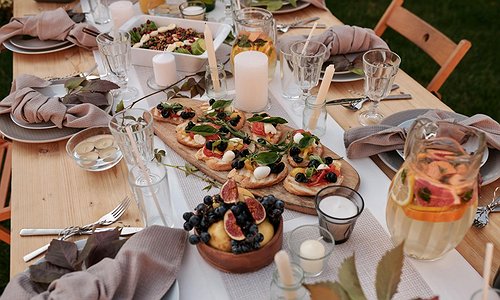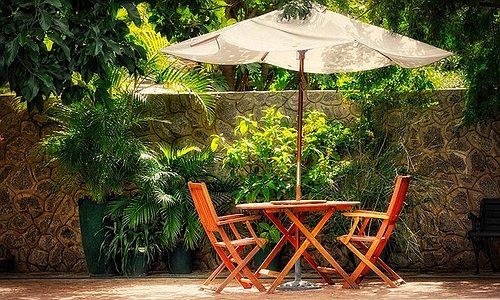What the new Karoo table tells us about slow food

Rooted in place
Karoo cuisine has always drawn deeply from the environment. In this arid region of South Africa, where vegetation is hardy and rainfall scarce, the natural environment imparts unique flavours to everything it touches. Meat from sheep grazing on wild herbs like kapokbos develops a distinctive taste, while fruit grown in the deep valleys tends to be small, concentrated, and intensely sweet.
Today’s producers are increasingly embracing this relationship with place. Rather than imposing industrial systems, they are working in step with the land, favouring traditional methods like air-drying, fermenting, and sun-curing. In doing so, they preserve not only flavour but also the cultural memory embedded in these techniques.
A new approach to meat
One of the defining features of this movement is a renewed emphasis on ethical meat. Small livestock farmers across the Karoo are turning away from intensive practices and embracing free-range, pasture-based systems. Animals are given space to roam, graze naturally, and grow at a slower pace, which in turn leads to better quality meat.
Beyond the method of rearing, there is also a shift in how meat is being consumed. Nose-to-tail eating is gaining traction, encouraging less waste and a deeper respect for the animal. Cuts that were once overlooked are now central to seasonal menus, slow-cooked or fire-grilled in ways that honour the traditional Karoo braai and potjie.
Micro-production as a model
While large-scale agriculture continues as the vital heartbeat of the region, there is a noticeable rise in micro-producers. They are often based on family farms or smallholdings and choose to work with what the land offers.
From seasonal preserves to lavender-infused honeys, these small-batch items are rooted in place and process. Many are made using age-old techniques, cooked in copper pots, cooled in cellars, or hand-pressed in wooden moulds. The result is a product that is deeply artisanal, shaped by both the climate and the character of the maker.
Honey, in particular, has become a symbol of this shift. With bees foraging across wild Karoo flora, the resulting honey reflects the biodiversity of each season, with variations in taste and colour depending on which blooms are dominant. It is unfiltered, raw, and often sold directly at local markets or to select restaurants.
From kitchen to table
Chefs and home cooks alike are drawing inspiration from these regional ingredients. Menus are being designed around availability rather than convenience, with an emphasis on fewer, better components. Lamb is served alongside quince, wild herbs, or heirloom vegetables. Flatbreads are spread with soft cheeses and drizzled with local honey. There is a return to simplicity, where flavour comes not from embellishment, but from the integrity of the ingredients themselves.
This shift is also influencing dining culture more broadly. Pop-up meals, farm-table events, and small-scale food festivals are springing up in towns and hamlets across the Karoo, offering a way for travellers to engage with the region’s food in a more intentional way.
An emerging identity
What defines the new Karoo table is not a single dish, but a set of values. It is slow, respectful, local, and transparent. It places trust in nature and the producer, favouring small footprints and big flavour. In a world where speed and scale often dominate, the Karoo is offering food that is rooted and richly satisfying.




